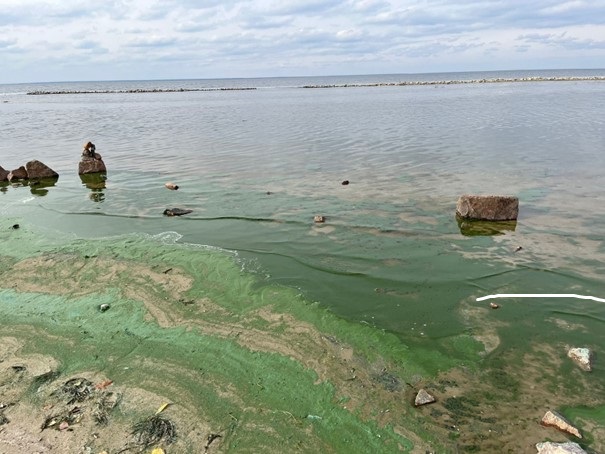Media release
From:
Increasing global water scarcity projected
One third of global sub-basins are projected to face severe clean water scarcity by 2050 — which may impact an extra 3 billion people — suggests a modelling paper published in Nature Communications. Owing to their high levels of nitrogen pollution, many sub-basins in South China, Central Europe, North America, and Africa are projected to become water scarcity hotspots. The authors stress the urgent need to address water quality in future water management policies.
While climate change influences water availability, urbanization and agriculture have led to increasing water demand and pollution, limiting safe water use. River basins, which are sometimes divided into smaller working units called sub-basins, are a large source of drinking water but also remain locations of largescale urban and economic activities. These activities have the potential to pollute local waterways through sewers. Land uses such as agriculture around rivers also contribute to nonpoint sources of pollution, which can come from many places all at once and are more difficult to control.
Mengru Wang and colleagues analysed global river basins and found that nitrogen pollution dramatically increases the number of river basin systems that can be considered water scarce when water quality is considered. They found that the number of sub-basins with water scarcity may triple owing to future nitrogen pollution worldwide. Water from 2,517 sub-basins were considered quantity and quality scarce compared to only 984 quantity-only scarce sub-basins in 2010. By 2050, the authors project that 3,061 sub-basins are at risk of being water quantity-quality scarce, risking the water resources of an additional 3 billion people.
The authors stress the importance of policy makers incorporating water quality in their assessments of future water resources. While the target goal of SDG 6 concerns clean water, many pollution control measures pertaining to SDG 2 around agriculture can have synergistic benefits with water pollution and these water scarcity protections.
Multimedia





 International
International



